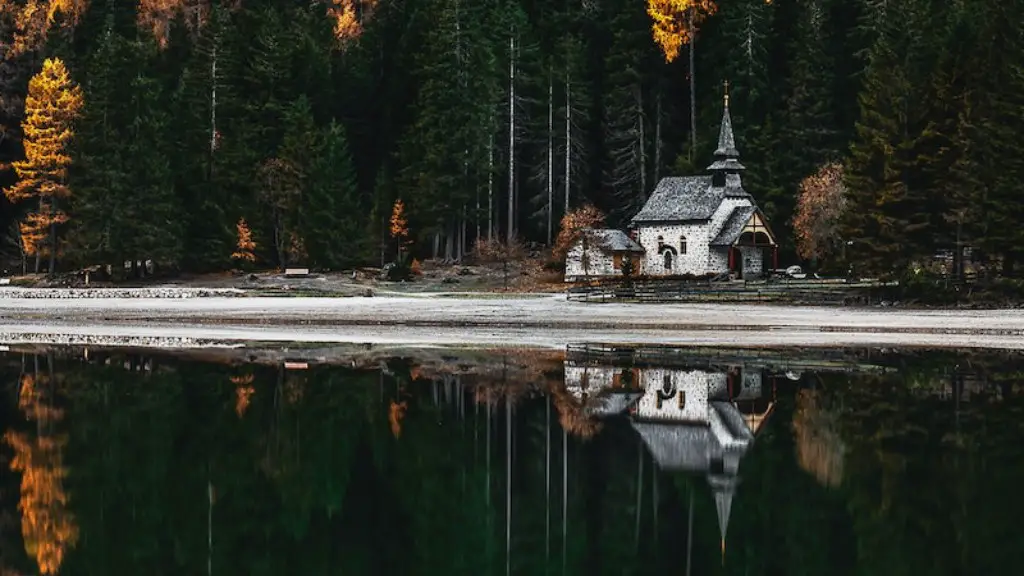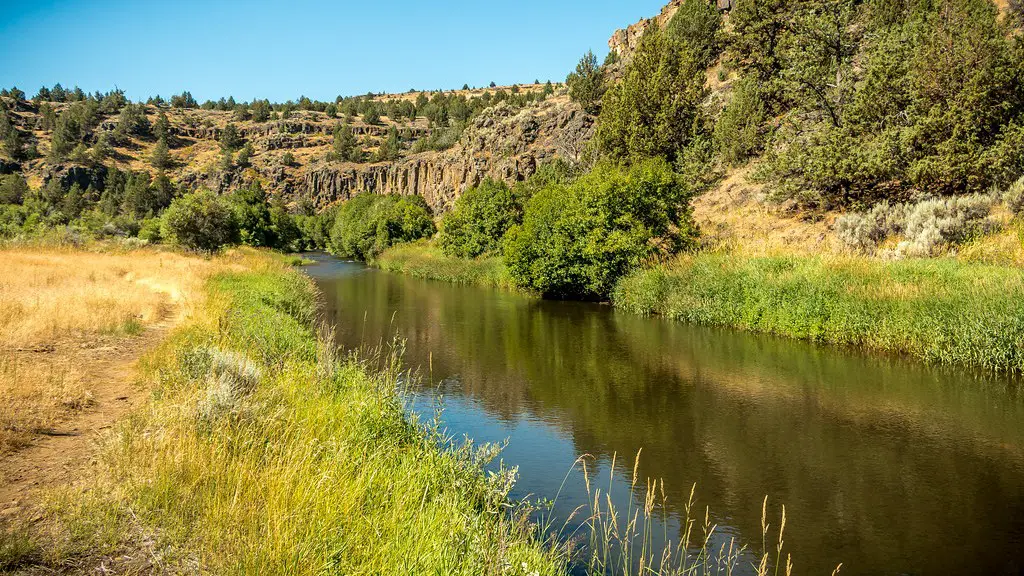The Mississippi River is one of the major rivers of the United States, rising in its northernmost part near the Minnesota-Ontario border and ultimately draining more than 2,300 miles of rich wetland habitats in its southernmost reaches deep in the Gulf of Mexico. Over the course of its length, the river crosses 10 states, including Minnesota, Wisconsin, Illinois, Missouri, Iowa, Kentucky, Tennessee, Arkansas, Mississippi, and Louisiana.
Pattern of Waterways in the United States
The Mississippi River is part of a larger watershed which is divided into several smaller watersheds. What makes the Mississippi system so complex is that other major rivers feed into, or ‘connect’with the Mississippi River in various places. The Ohio River, the Missouri River, and the Arkansas River are all rivers that help form and define the landscape of the vast Mississippi River watershed. The Mississippi River is therefore an essential part of the United States’ intricate web of wetlands, streams and rivers.
Economic Role of the Mississippi River
The Mississippi River plays an important role in the economy of the states associated with it. People have been relying on the river for transportation and trade for centuries, and today it is still a key shipping route for many companies. The ports along the river allow for massive shipping vessels to easily traverse up and down the length of the river, resulting in millions of dollars in trade and commerce every year. The river is also a major source of recreation, with people ranging from locals to tourists partaking in activities such as river cruises, water sports, fishing, and more.
Major Floods in the Mississippi River Basin
When states throughout the Mississippi River watershed experience heavy rain, there’s a risk that river levels will rise and cause flooding in many areas. Over the years, some of the worst floods in the United States have been caused by Mississippi River flooding. The Great Flood of 1927, for example, was one of the most destructive natural disasters in the country’s history. Every state in the region saw major flooding, which left hundreds of thousands of people displaced and caused an estimated death toll of 500 people.
Environmental Issues in the Mississippi River Basin
The Mississippi River has been subjected to a number of environmental issues over the years. During the 20th century, the river’s water was heavily polluted with hazardous chemicals, including DDT, which has caused long-term damage to the river’s fragile ecosystems. In addition, the river has been subjected to a variety of invasive species which have the potential to upset the balance of the ecosystems that exist along the river’s banks. As a result, there have been several programs launched over the years to restore and protect the river and its ecosystems.
Conservation Efforts for the Mississippi River Basin
The U.S. Environmental Protection Agency (EPA) has taken steps to help protect the Mississippi River from further human-induced damages. For example, the agency has implemented rules and regulations to reduce the amount of wastewater, chemicals, and other pollutants finding their way into the river’s ecosystems. It has also begun conservation efforts to ensure the long-term health of the river, such as the River Miles Project, which seeks to restore wetlands along the river’s path.
Importance of Preserving the Mississippi River Basin
The Mississippi River is an essential part of the United States culture and economy. It provides a valuable source of water, transport, and recreation to the region, as well as a sense of place and identity to the many communities that surround it. That’s why it’s so important to make sure that efforts are continuously taken to protect and preserve the river and its ecosystems. Without the river’s health, the livelihoods of millions of American citizens could be at risk.
Tourist Activity Attached to the Mississippi River Basin
Tourists are attracted to the Mississippi River region for its rich cultural history, its spectacular views and abundant wildlife. Tourists visit the vast number of parks and wildlife refuges located along the river, many of which are situated in several state and national parks. Tourists can explore the river on riverboats, go fishing, and view wildlife such as birds, deer, bear and other species. Mississippi River cruises are also popular, allowing people to take in the scenery of the area from the comfort of the boat.
Varied Ecosystems of the Mississippi River Basin
The Mississippi River canyon is home to a diverse range of flora and fauna, including many species found nowhere else. It includes wetlands, forests, and grasslands, which are all home to unique ecosystems. The wetlands can be especially rich in biodiversity, as they provide shelter and food to numerous creatures. The rocky cliff walls along the river also provide a refuge for some of the area’s most beautiful bird species.
Effects of Global Warming on the Mississippi River Basin
Global warming is expected to have a major impact on the Mississippi River basin in the years to come. Warmer temperatures are projected to result in less snow accumulating in the winter and earlier spring melting, which could cause the river levels to rise dramatically and lead to more frequent and severe floods. This could further disrupt the fragile ecosystems along the river and damage the infrastructure of the cities and towns in the region.
Rising Sea Levels and Implications for the Mississippi River Basin
Climate change is also expected to cause sea levels to rise and could have a drastic effect on the Mississippi River basin. Rising sea levels could cause saltwater to push further inland, which could result in the displacement of freshwater species, loss of wetland habitats, and damage to agriculture production. In addition, rising seawater levels could lead to increased erosion and further endanger the infrastructure of cities and towns located along the river.


